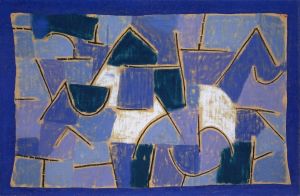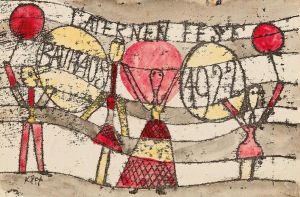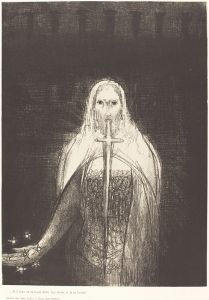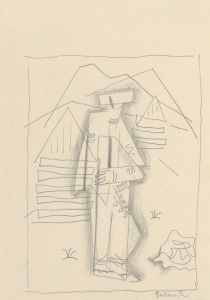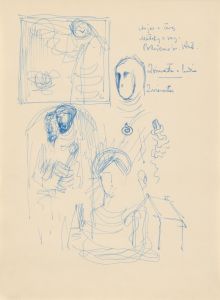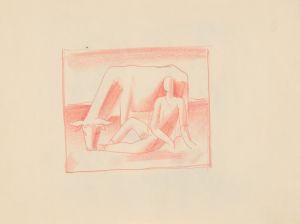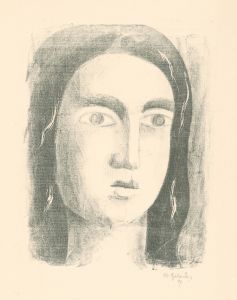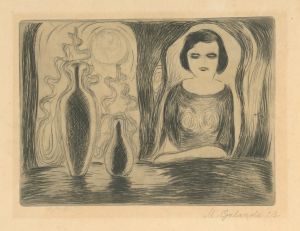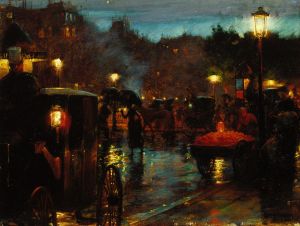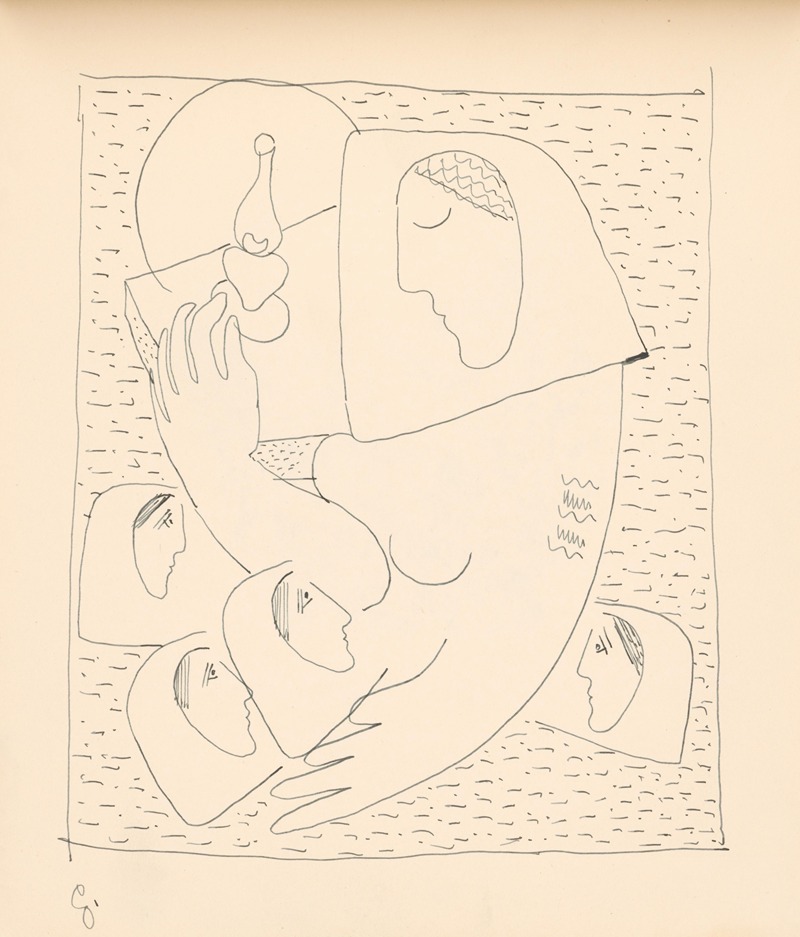
Ženy s petrolejkou
A hand-painted replica of Mikuláš Galanda’s masterpiece Ženy s petrolejkou, meticulously crafted by professional artists to capture the true essence of the original. Each piece is created with museum-quality canvas and rare mineral pigments, carefully painted by experienced artists with delicate brushstrokes and rich, layered colors to perfectly recreate the texture of the original artwork. Unlike machine-printed reproductions, this hand-painted version brings the painting to life, infused with the artist’s emotions and skill in every stroke. Whether for personal collection or home decoration, it instantly elevates the artistic atmosphere of any space.
Mikuláš Galanda was a prominent Slovak painter and illustrator, recognized as one of the leading figures in the development of modern Slovak art in the early 20th century. Born on May 4, 1895, in Turčianske Teplice, Slovakia, Galanda was instrumental in introducing avant-garde styles and techniques to Slovak art, drawing influences from various European movements such as Expressionism, Cubism, and Fauvism. His work often reflected a deep engagement with Slovak cultural themes, folklore, and the everyday life of Slovak people.
One of Galanda's notable works is "Ženy s petrolejkou" (Women with a Kerosene Lamp), which exemplifies his unique style and thematic focus. This painting is a testament to Galanda's ability to blend modernist techniques with traditional Slovak motifs. The artwork portrays women gathered around a kerosene lamp, a scene that captures both the simplicity and the intimacy of rural Slovak life. The use of a kerosene lamp as a central element in the painting symbolizes warmth, domesticity, and the traditional way of life, which was prevalent in Slovak villages during Galanda's time.
Galanda's style in "Ženy s petrolejkou" is characterized by bold colors and simplified forms, which are hallmarks of his approach to modernism. The figures in the painting are depicted with a certain abstraction, yet they retain a sense of individuality and presence. This balance between abstraction and representation is a key feature of Galanda's work, allowing him to convey emotional depth and cultural resonance.
Throughout his career, Galanda was deeply influenced by his studies and travels. He studied at the Academy of Fine Arts in Budapest and later in Prague, where he was exposed to various modernist movements. His exposure to European avant-garde art significantly shaped his artistic vision, enabling him to incorporate elements of Cubism and Expressionism into his work while maintaining a distinct Slovak identity.
Galanda was also a member of the "Generation 1909," a group of Slovak artists who sought to modernize Slovak art and integrate it into the broader European context. This group played a crucial role in the cultural development of Slovakia during the interwar period, advocating for artistic innovation and the exploration of new ideas.
In addition to his paintings, Galanda was an accomplished illustrator and graphic artist. His illustrations often appeared in Slovak publications, where he contributed to the visual culture of the nation. His work in graphic design further demonstrated his versatility and commitment to advancing Slovak art.
Mikuláš Galanda's legacy is significant in the context of Slovak art history. His efforts to blend modernist techniques with Slovak themes helped pave the way for future generations of Slovak artists. "Ženy s petrolejkou" remains an important piece within his oeuvre, reflecting both his artistic innovation and his dedication to capturing the essence of Slovak life.
Galanda passed away on June 5, 1938, but his influence continues to be felt in Slovak art. His works are celebrated for their contribution to the national cultural identity and their role in the broader narrative of European modernism. Through paintings like "Ženy s petrolejkou," Galanda's vision of a modern yet culturally rooted Slovakia endures, offering insight into the artistic and cultural transformations of his time.





